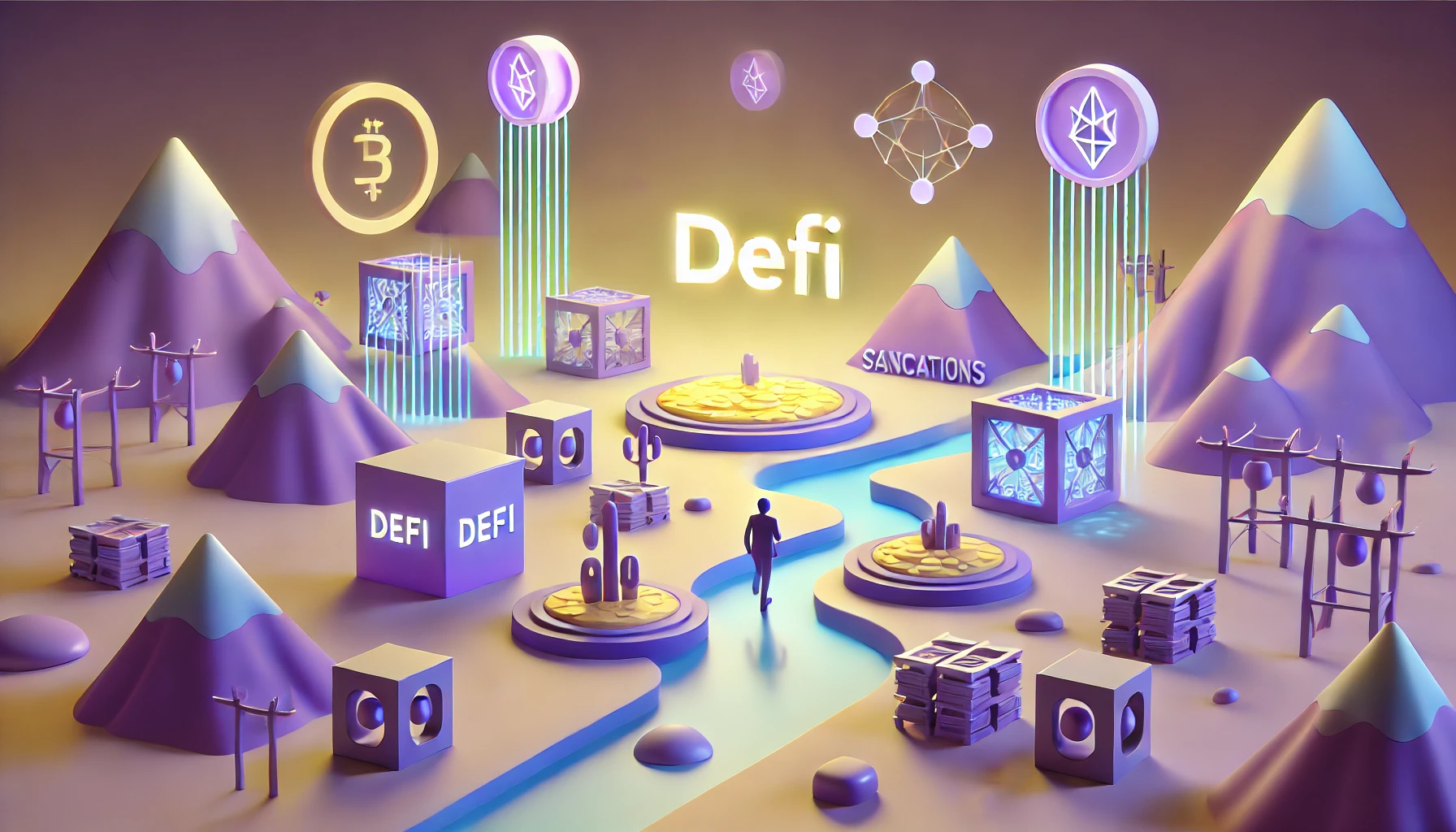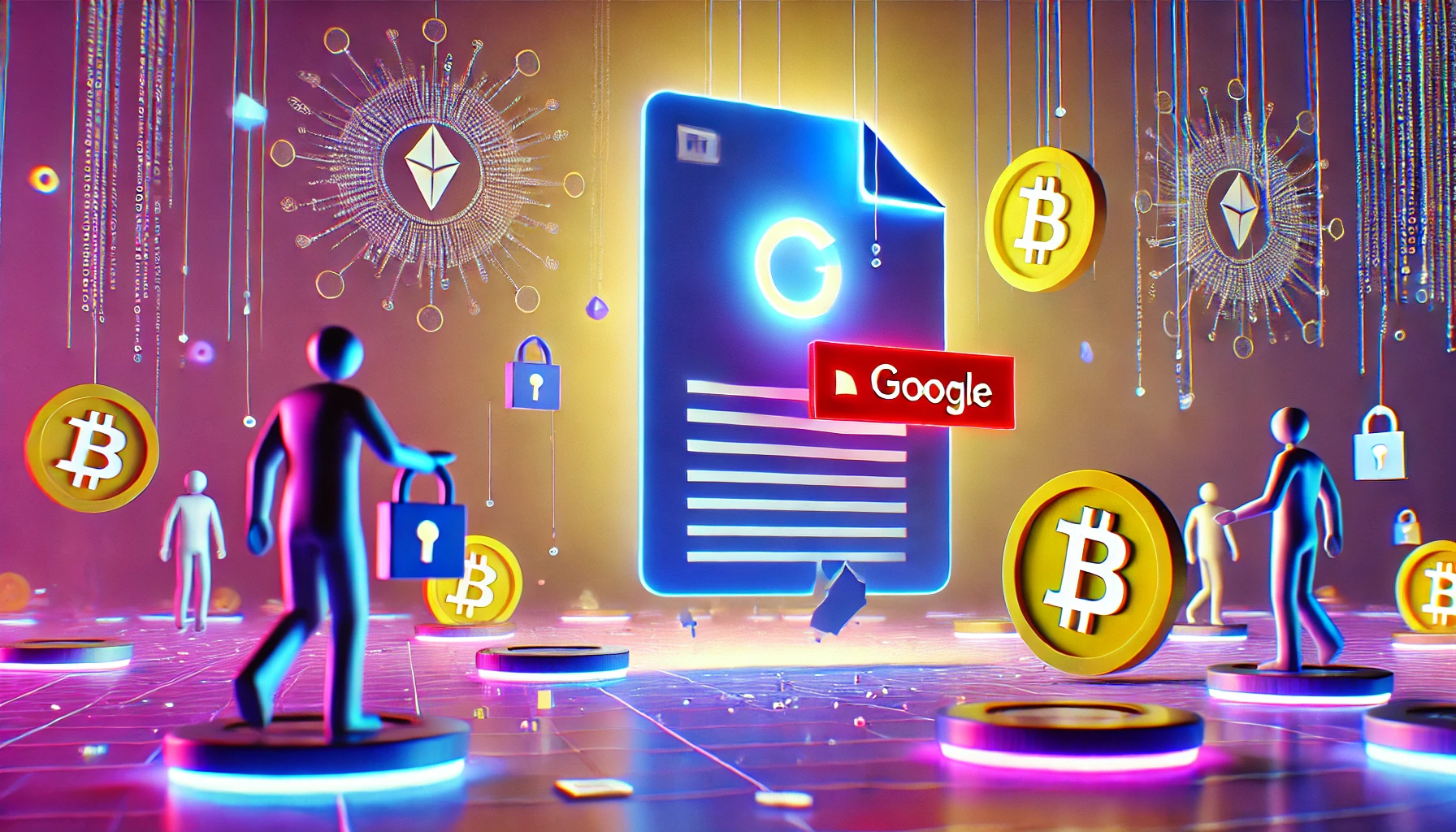The Bitcoin network has just reached a historic milestone by reaching a hash rate of one zetahash per second (1 ZH/s), marking a new era in blockchain security and processing power. This surge comes amid continued growth in global mining infrastructure, supported by massive technological investments.
Unprecedented Computing Power
- A Major Technological Advancement: Reaching the zetahash mark means the Bitcoin network is performing one sextillion (10²¹) calculations per second. This level of power reflects the growing adoption of industrial mining and the optimization of specialized hardware.
- Enhanced Network Security: The higher the hash rate, the more difficult it becomes to disrupt or attack the Bitcoin network. This increase thus strengthens the blockchain’s resilience against external threats.
The Economic Implications of this Rising Hash Rate
- Rising Mining Costs: Increased power also means more intense competition between miners. Those without cutting-edge equipment risk becoming unprofitable.
- A possible effect on the BTC price: Historically, an increase in hash rate sometimes precedes increases in the Bitcoin price, due to increased confidence in the network’s strength.
Opportunities and risks of a record hash rate
Opportunities:
- Strengthening network security, attracting more institutional investors.
- Development of green initiatives to power mining with renewable energy.
Risks:
- Excessive concentration of hash rate in certain regions or companies.
- Increased carbon footprint if mining operations rely on non-renewable energy sources.
Conclusion
Crossing the threshold of one zetahash per second represents a symbolic and strategic step forward for Bitcoin. This milestone illustrates the industrial evolution of mining and the growing robustness of the network. While this achievement opens the way to new perspectives for the crypto ecosystem, it also raises challenges in terms of decentralization, ecology, and accessibility. The future of mining will be played out at the intersection of technological innovation and responsible energy choices.














